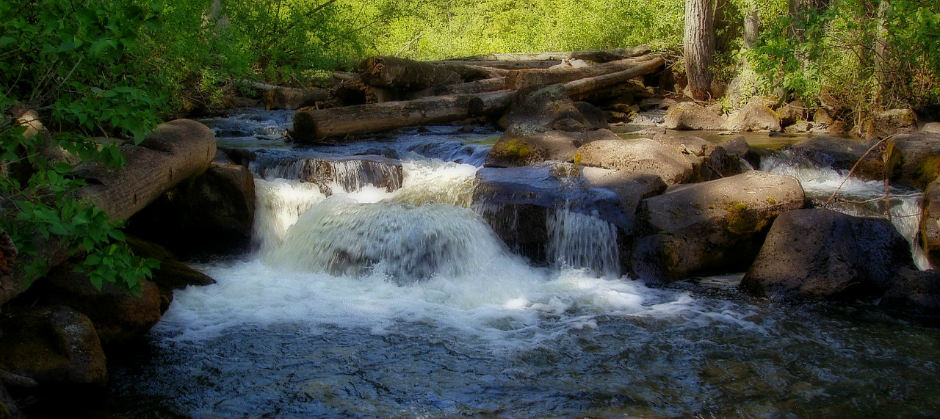5 Ways to Be a Responsible Cruise Goer

Guest blogger Rebecca Kennedy
This post was written by guest blogger Rebecca Kennedy.
A cruise can be a fun and comfortable vacation for many people, but the effects on the environment can be brutal, including but not limited to the spewing of polluting air emissions, fuel, and wastewater, and irresponsible sewage disposal. A modern cruise ship produces more than 300,000 gallons per week of human sewage, which contain multiple pathogens, nutrients, and parasites that harm marine life and disturb delicate oceanic ecosystems. Another statistic of note—a cruise passenger’s carbon footprint is roughly three times what it would be on land.
Many cruise lines today are working to ease their environmental impact. Some example initiatives are the use of solar panels, stronger recycling programs, speed recalibrations to maximize fuel efficiency, improved employee training on waste management, the dumping of shipboard waste while at port instead of at sea, and the use of LNG (liquefied natural gas) as fuel.
Despite these measures, these enormous “cities at sea” still pose significant environmental hazards. But if cruising is your jam, there are several measures you can take to travel responsibly. Here are five ideas:
- Check cruise lines’ records on environmental safety and health. Do some research and choose a cruise ship or company that has a solid record of making the move to greener policies and operations. The activist organization Friends of the Earth publishes an annual report card that grades cruise lines and ships on their environmental footprint by numerous categories — sewage treatment, air pollution reduction, water quality compliance, transparency, and change from time of the last report. View 2016’s report here.
- Consider a cruise that has a nature-related project or activity. Some cruises now offer maritime and sea life education programs on board. There are also specialty cruises that exclusively focus on nature or conservation education. This kind of cruise could be a way to teach your family about sea life and delicate ocean ecosystems and the human impact on them.
- Offset your carbon footprint. Cruise ships are huge emitters of greenhouse gases. Purchase carbon offsets for your trip. The Swiss foundation myclimate offers an online calculator to gauge your cruise trip’s carbon footprint and the amount needed for offsetting. The David Suzuki Foundation offers a purchaser’s guide to help you select credits responsibly.
- Donate to conservation efforts. Factor in a donation to an environmental stewardship or activist organization with your cruise budget. For example, if you are taking an Alaska cruise, donate to causes supporting the conservation of Prince William Sound.
- Be responsible while on board. Take along a reusable water bottle instead of using multiple disposable ones. Take short showers. Reuse your towels and linens and request that housekeeping refrain from replacing them during your stay. Recycle your waste in the appropriate containers. Fill out comment cards voicing support for the cruise’s environmental measures and suggesting ideas for improvement.
Acknowledgments: Miami Herald, Outside Magazine, Pacific Standard, US Environmental Protection Agency



